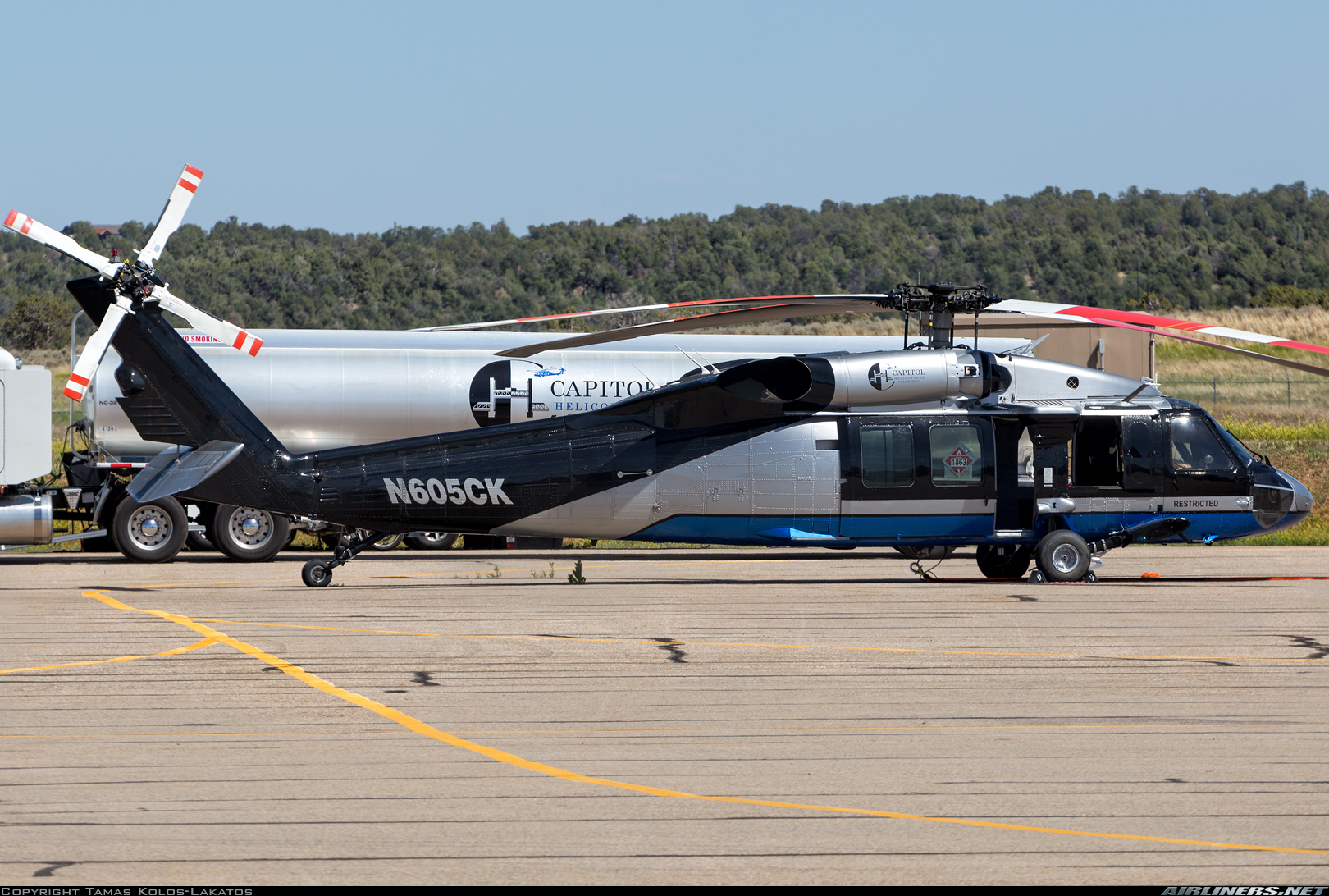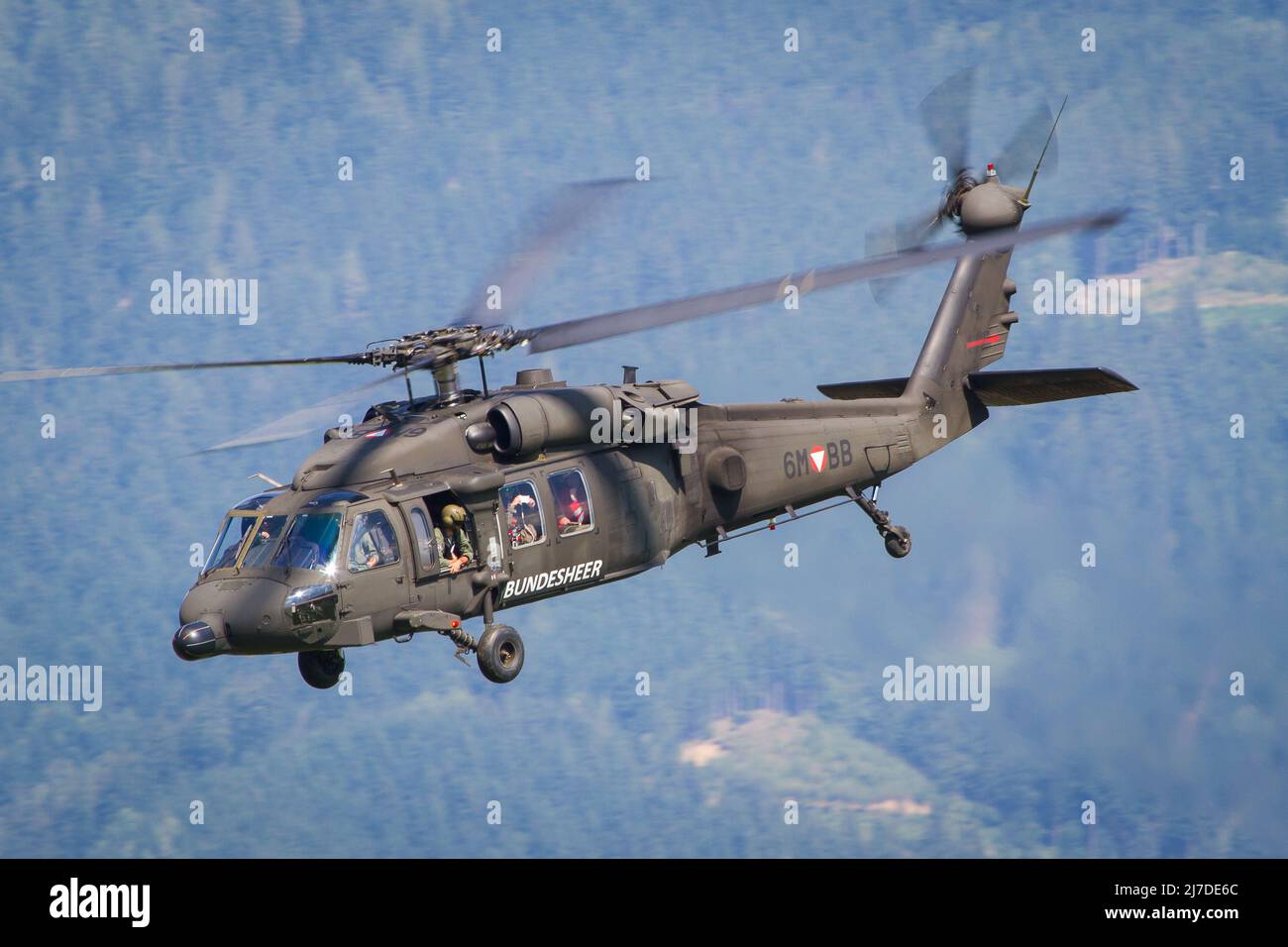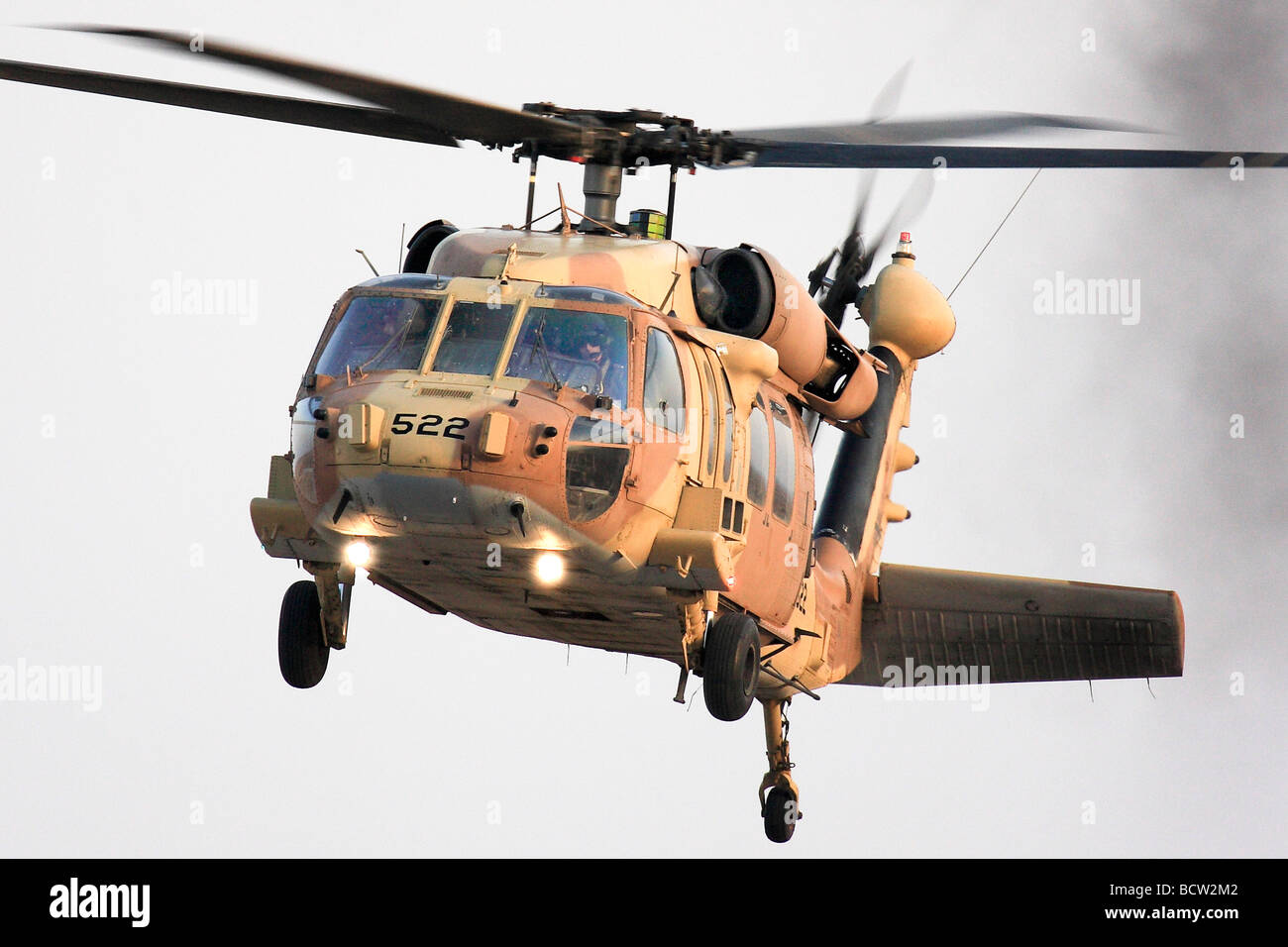A Look at the Sikorsky S 70's Function in Army and Civil Aviation
A Look at the Sikorsky S 70's Function in Army and Civil Aviation
Blog Article
High-Performance Multi-Role Rotorcraft Featuring Advanced Cabin Technologies and Integrated Sensing Unit Equipments
The world of rotorcraft technology has actually seen significant improvements in current times, specifically in the world of high-performance multi-role rotorcraft furnished with sophisticated cockpit innovations and effortlessly incorporated sensing unit systems. These developments have not just augmented the functional abilities of rotorcraft however have also significantly impacted contemporary air travel operations on numerous fronts. From enhanced objective versatility to boosted functional performance, the convergence of innovative cockpit innovations and incorporated sensing unit systems has introduced a brand-new age of opportunities for rotorcraft applications. In the following conversation, we will certainly explore the advancement of rotorcraft technology, dig right into the realm of sophisticated cockpit innovations, and check out the effects of incorporated sensor systems on the operational adaptability and performance of contemporary rotorcraft.
Advancement of Rotorcraft Technology
The advancement of rotorcraft technology has actually been marked by significant advancements in the rules of aerodynamics, materials, and propulsion systems, forming the capacities and efficiency of contemporary rotorcraft. Aerodynamic improvements have enhanced the performance and ability to move of rotorcraft, permitting raised rate, agility, and security during flight (sikorsky s 70). Innovations in materials, such as making use of composite products and advanced alloys, have actually brought about lighter yet stronger rotorcraft structures, improving general performance and sturdiness. In addition, advancements in propulsion systems, including much more powerful engines and cutting-edge propulsion innovations, have actually made it possible for rotorcraft to achieve higher altitudes, faster speeds, and higher hauls.
These developments have not just changed the abilities of rotorcraft however have actually additionally broadened their applications throughout various industries, including army, business, and emergency services. The continuous development of rotorcraft technology proceeds to drive advancement in the field, pressing the limits of what is feasible and shaping the future of vertical trip.
Advanced Cockpit Innovations
Building upon the fundamental advancements in aerodynamics, materials, and propulsion systems, the world of rotorcraft modern technology currently shifts emphasis in the direction of pioneering Advanced Cockpit Innovations. The integration of sophisticated technologies within the cabin setting plays a crucial function in boosting the functional abilities, safety and security, and performance of modern-day rotorcraft. sikorsky s 70. Advanced Cabin Innovations incorporate a large selection of attributes developed to offer pilots with boosted situational understanding, structured data administration, and user-friendly control interfaces
One of the key improvements in cabin style is the execution of glass cockpits, which change conventional analog determines with high-resolution displays. These digital systems use customizable designs, real-time information integration, and boosted readability, enabling pilots to gain access to vital info at a glimpse. Advanced avionics systems, such as fly-by-wire controls and enhanced truth screens, are reinventing exactly how pilots communicate with the airplane, enabling for specific control and boosted decision-making capabilities.


Incorporating innovative cabin advancements not just enhances pilot performance but also contributes to total goal effectiveness and safety in complex functional atmospheres. By leveraging cutting edge modern technologies within the cockpit, rotorcraft makers are establishing new requirements for operational excellence and objective success.
Integrated Sensor Solutions
With the advancement of rotorcraft innovation, the combination of innovative Integrated Sensing unit Systems has come to be extremely important in boosting operational efficiency and safety. These Integrated Sensing unit Solutions encompass a large selection of innovations that supply essential data for various functions such as navigation, security, targeting, and environmental monitoring. By flawlessly integrating sensing units like radars, cameras, lidar, and infrared systems into rotorcraft, operators can benefit from boosted situational recognition, enhanced mission capacities, and reduced pilot work.
One key benefit of Integrated Sensor Solutions is why not try this out their capacity to collect real-time data and give workable understandings to pilots and mission operators. Progressed radar systems can find and track targets over long ranges, permitting for early hazard discovery and effective response planning. Furthermore, integrating infrared and electro-optical electronic cameras makes it possible for rotorcraft to perform reconnaissance and monitoring goals with accuracy and accuracy.
In significance, the combination of innovative sensor innovations right into rotorcraft not only boosts operational effectiveness but likewise contributes substantially to total goal success and staff security. As rotorcraft continue to develop, the role of Integrated Sensor Solution will most certainly continue to be at the forefront of technology in the aerospace market.
Functional Convenience and Effectiveness
Enhancing functional convenience and performance in rotorcraft is an all-natural progression from the assimilation of innovative Integrated Sensor Solutions. By leveraging the understandings and data offered by these advanced sensing unit systems, rotorcraft can enhance their performance across numerous objectives and settings.
Functional adaptability encompasses the ability of rotorcraft to adapt to different roles and circumstances successfully. With advanced cockpit technologies and integrated sensor systems, rotorcraft can flawlessly transition in between tasks such as search and rescue, medical discharge, surveillance, and a lot more. This adaptability enhances the rotorcraft's capability to meet varied operational requirements without requiring considerable reconfiguration.
Performance in rotorcraft procedures is vital for making best use of mission efficiency and resource utilization. Integrated sensor systems play an essential function in boosting operational effectiveness by supplying real-time information on climate condition, surface mapping, target monitoring, and extra. This data makes it possible for pilots to make informed choices promptly, enhance trip courses, find more conserve gas, and enhance general goal productivity.
Effect On Modern Aviation Procedures

Additionally, the combination of advanced sensing units facilitates boosted mission planning and execution, making it possible for rotorcraft to perform a variety of tasks with enhanced precision. From search and rescue operations to airborne firefighting and regulation enforcement goals, the capabilities of contemporary rotorcraft outfitted with sophisticated cockpit innovations and integrated sensing unit systems are unmatched.
Additionally, the impact of these innovations prolongs beyond operational performance to cost-effectiveness and sustainability. By maximizing flight routes, gas intake, and upkeep timetables, high-performance rotorcraft furnished with advanced cockpit innovations and sensing units add to lowering functional prices and ecological influence, making them important properties in contemporary aviation operations.
Verdict
In conclusion, the high-performance multi-role rotorcraft with innovative cabin technologies and incorporated sensor systems stands for a substantial advancement in aviation technology. These technologies boost functional versatility and effectiveness, ultimately influencing modern-day air travel procedures in a favorable method. The assimilation of these advanced modern technologies allows for improved abilities and efficiency in different mission circumstances, showcasing the proceeded improvement of rotorcraft innovation in the air travel market.
The realm of rotorcraft technology has actually seen remarkable improvements in current times, specifically in the realm of high-performance multi-role rotorcraft geared up with cutting-edge cabin innovations and flawlessly integrated sensing unit systems. From boosted mission versatility to boosted functional performance, the merging of sophisticated cockpit technologies and integrated sensing unit systems has actually ushered in a new period of opportunities for rotorcraft applications. In the complying with discussion, we will check out the development of rotorcraft modern technology, dive right into the realm of innovative cabin technologies, and take a look at the click for source implications of incorporated sensing unit systems on the operational convenience and performance of contemporary rotorcraft.

Report this page